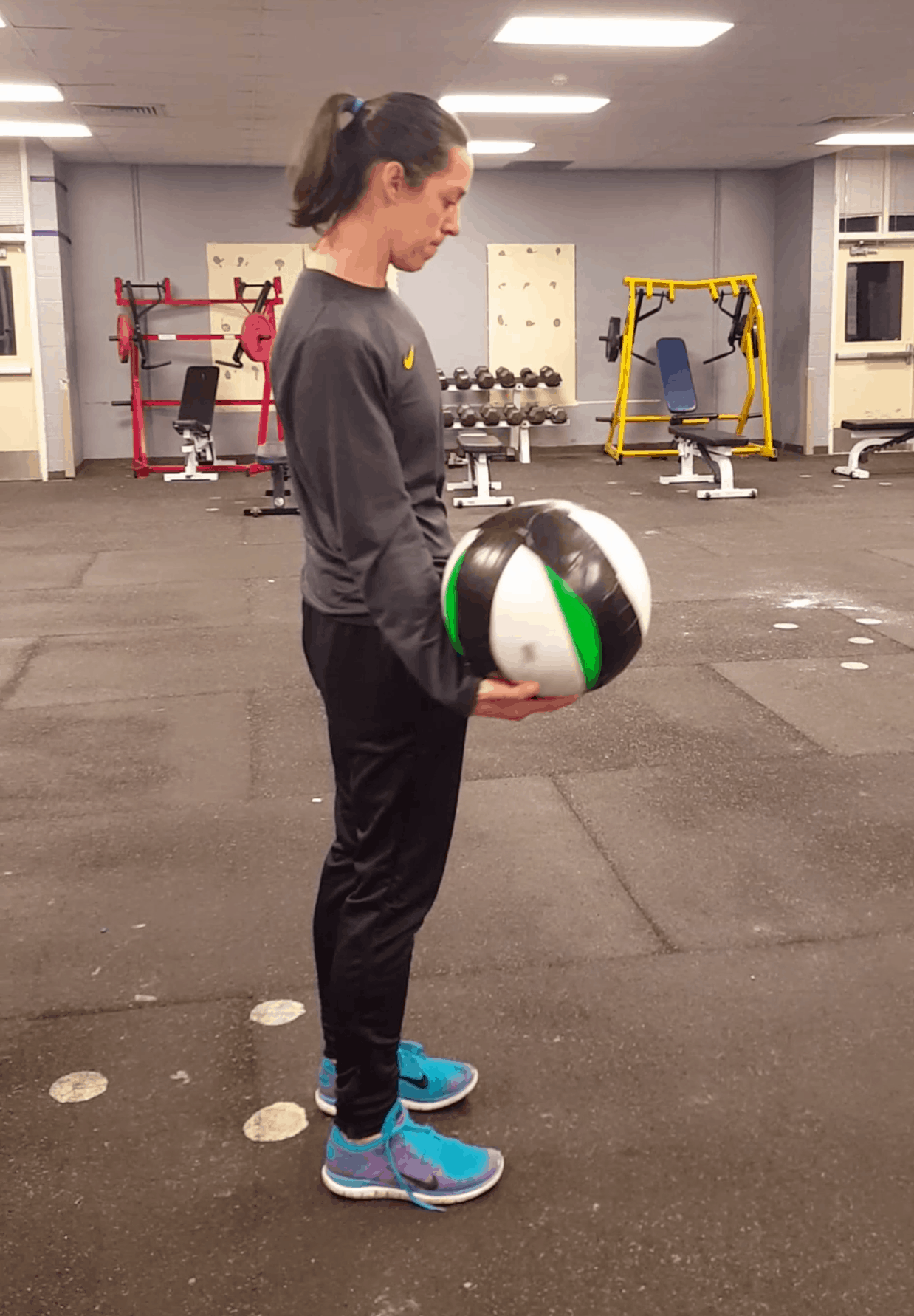
Biceps, Rotation, and Pulling
When I got my first chin up, I felt superhuman. Finally hitting that relative strength benchmark felt like a magic trick I was somehow involved in. Even more mystifying, though, is that I had absolutely nothing on a pronated grip pull. Palms facing forward, I could do little else but struggle in suspension. Attempts at training it seemed to work all the things it shouldn’t, and more often than not I walked away with a strained neck. There was a motor control issue that needed to be sorted out.
Hanging felt good, and I could depress my shoulder blades on command regardless of what grip I choose (even one handed). Since I could pull my body up one way, scapular control and sheer strength were crossed off the suspects list. The bottom of the movement was easy, so I attacked the top with isometrics and found some access there. It was the middle that plagued and perplexed me.
In the simplest terms, and what should have been obvious, was that the changing variable was the elbow. With it came the palm-to-face admission that the true culprit was the bicep.
During supinated or palms behind chins, the bicep can take over. There is a natural rounding that occurs within the spine to curl over the bar. Tension could stay on the anterior line of the body, and avoid unnecessary action by the neck. Palms forward pull ups required a wider hand placement and for the back/ lats to be primary movers. The biceps are relegated to secondary help. My body did not know what to do if the biceps didn’t lead, nor did the back know how to lift the body without assistance from the biceps.
It was as if the biceps and the back couldn’t pass the baton to one another, particularly if they were moving through different planes of motion.
Confident in the actions of my scapula, I began to examine the biceps role in everything:
I had great difficulty keeping the biceps engaged when trying the first three clips. The shoulder, and particularly the scapula, constantly jockeyed it’s way into directing from the front.
Regarding rotation, the forearms took command, especially when holding onto something. Glenohumeral rotation from the bicep was much smaller in range of motion, and harder to control when adding load. The following bicep rotation rows attempted to use the biceps to externally rotate the shoulder, then keep that tension as the elbow flexed and angle changed to a vertical torso:
The preferred supinated grip was used to keep a comfortable constant while focusing on the pull through the bicep.
My forearms believe they are stronger than they are. When they work against gravity, or any sort of overcoming force, they quiet the biceps with a commanding, “I got this.” The biceps, unsure of themselves and hardly ever asked to do anything on their own, oblige. As I played around with various movements, I came to find that the long bicep position was the weakest. It wanted to ‘hang’ on structures of the forearm and shoulder instead of be active in a position of stretch. I sought out ways to engage it by manipulating the wrists:
Tangentially, the long biceps position and rotation have significant influence over the wrists and handstands.
Everything clicked when I stumbled upon this move:
It forced me to utilize the bicep in the long position while having assistance with scapular depression under load. This is exactly the element of practice I was missing. I needed to create and keep length in the scapula while pulling through the bicep. It was less one or the other, and more of a both.
A video comparison between my chin up and pull up shows slight descriminations, performed terrifyingly with my shirt off. They and I are far from perfect, but stand as a sign post of progress:



